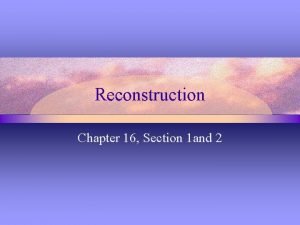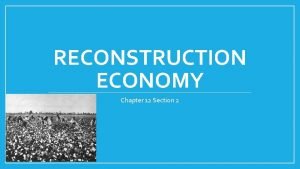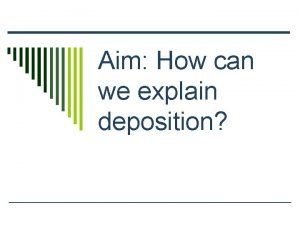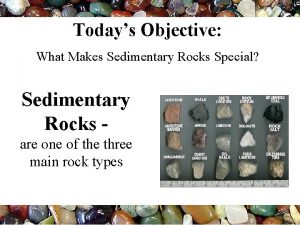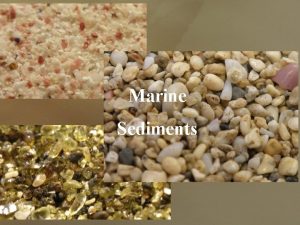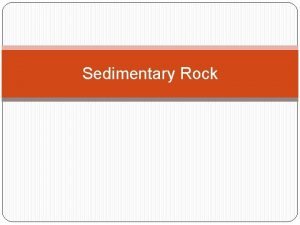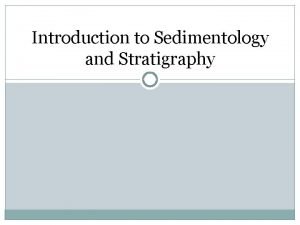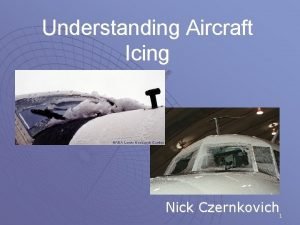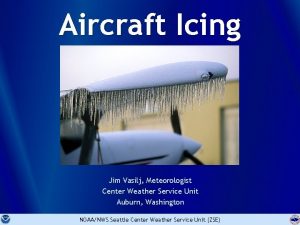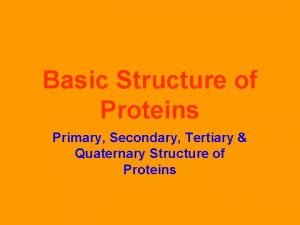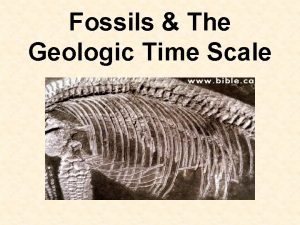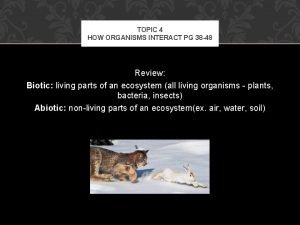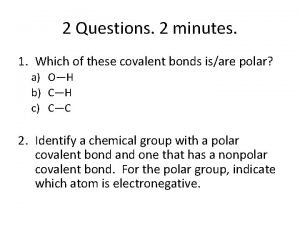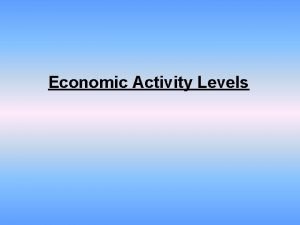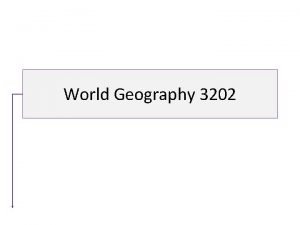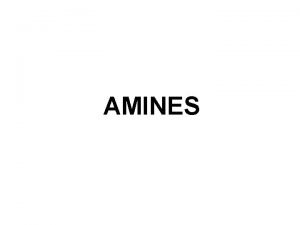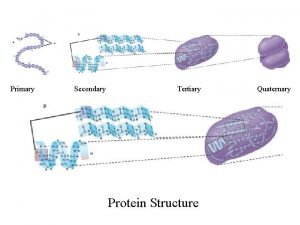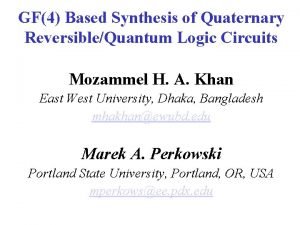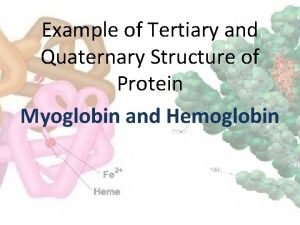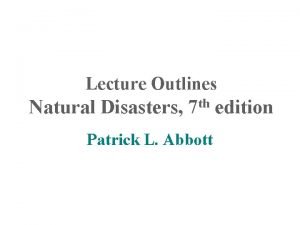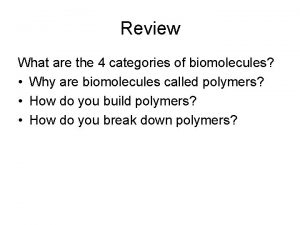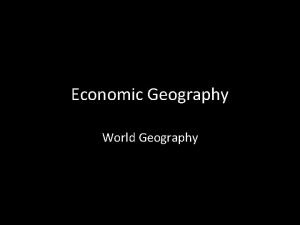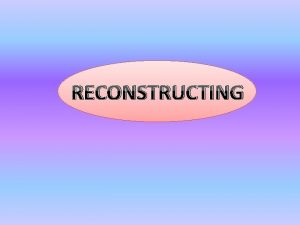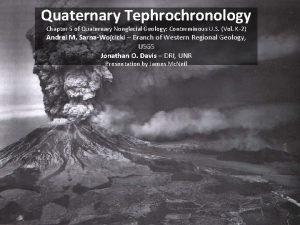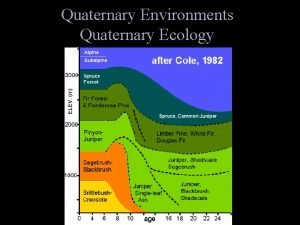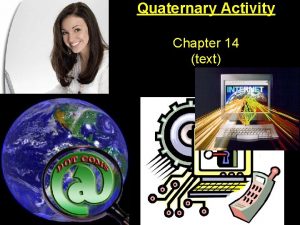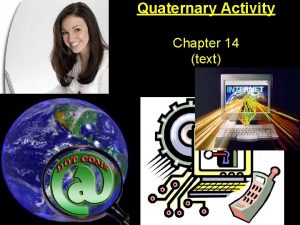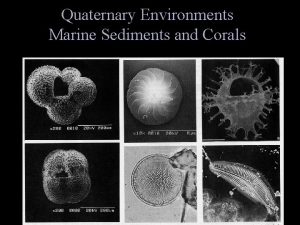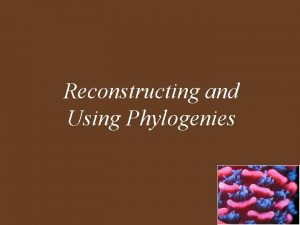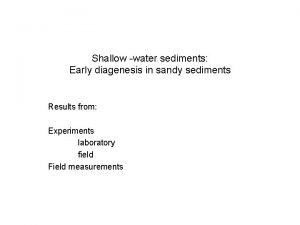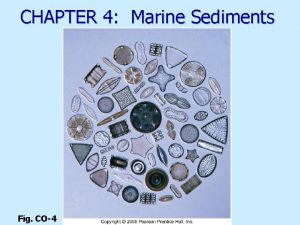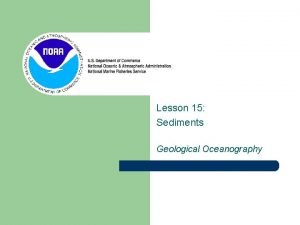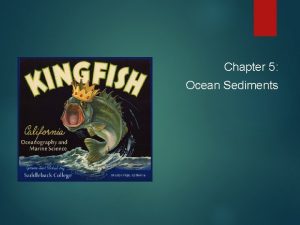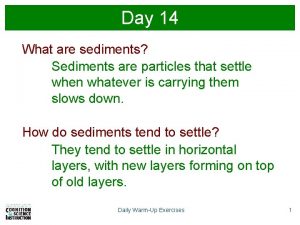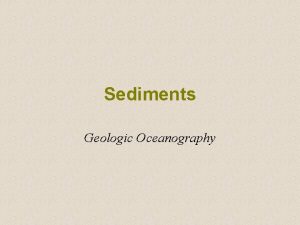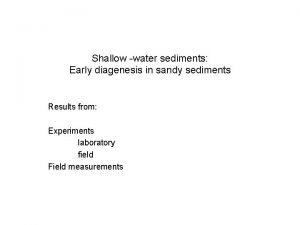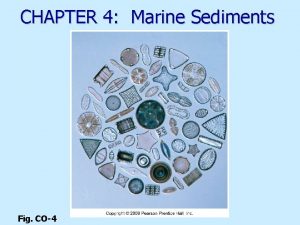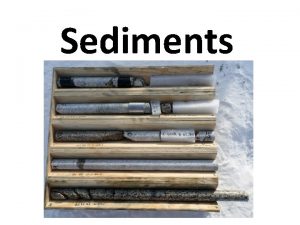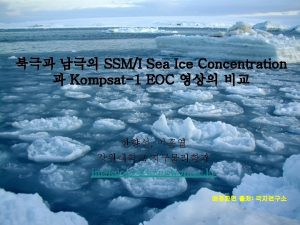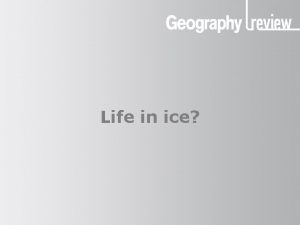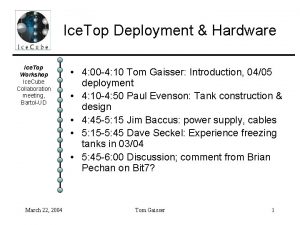Reconstructing Ice Dynamics from Quaternary Sediments Andy Evans

































- Slides: 33

Reconstructing Ice Dynamics from Quaternary Sediments Andy Evans Geography, Leeds University

Till l Could this be the most boring substance on earth? l A diamict: ¡ Mud… ¡ …and rocks. l …what a thrill.

Old Till l Old Till is even more exciting. l It hasn’t seen a glacier in 18000 years. l Most geologists dump the whole lot in a single category “drift”.

Well brother, I’m here to tell you… l Till is fab. l Till is great. l Till can wash your car, reduce your taxes, feed your cat, entertain surprise guests, organise parties, power national grids, remove stains from sheets, hide embarrassing odours, resolve international conflicts, speak Japanese (kanichiwa!), hold congress on matters of structuralist anthropology, straighten hair and visit relatives for you at christmas. All in a day, as long as it’s a Tuesday.

Well, no. But… l It might, possibly, just possibly, be marginally more useful than we thought. l Traditionally till interpretation is something of an art. ¡Look at lots of till forming. ¡Look at old till until you’re convince you know what formed it. ¡Go down the pub.

What we need is a new way of looking at old till. l Why shouldn’t till be as rigorously examined as anything else? l What might it tell us about the way the world was? l Ice dynamics.

Reconstructing Ice Dynamics from Quaternary Sediments l Background l Field site l Sediments l Micromorphology l Model of deposition l Reconstructing ice dynamics

l Created by the ice. l Travels with the ice. l Is deposited by the ice. l This material is the dirty fingerprint of a glacier.


Qualitative model (Boulton, 1974) l Prow builds up and “stops” clast. l Clasts collide and stop. l If the sediment is soft enough to deform, how can it stop anything? l Why do clasts stop when they collide?

Quantitative models (Brown, 1987) l Occurs when the force on a clast drops below that needed for sediment failure. l Not a steady state model. l Assume perfectly plastic till. l Inevitably lead to models where the whole bed deforms and there’s no aggregation.

Field site l Lleyn Peninsular Rough Ice Direction

A boulder between two tills l Top till is a flow till. l Bottom till is a water-lain clay with clasts lodged in it. l Also a resistant band of till and sands.

Micromorphology l l Three types of material Sand bands: clean. Fine grained quartz. Melanges (mixes of silt and clay)

Boundaries l Suggest flow.

Microscale fabrics l Particles align under different situations. l Commonly, under compression under the ice, particles align ~horizontally.

Melanges l l Three types Mixed w/ varying fabrics. Unimodal w/ flow fabrics. Reverse graded beds.

What does it all mean? Evidence for: Suggests: Small scale flow bodies. Slumping of material. Sands without smaller grains. Water based separation and washing. Smaller quartz grains in beds Winnowing of materials. between units. Blocks in melanges with strong fabrics. Reworking of consolidated sediments.

Weertman model l Ice moves round obstacles in two ways: ¡Melt under pressure Heat dragged from down-ice Water moves up-ice ¡Creep under added pressure.

Suggested origin l The ploughing and lodgement of a clast.

The lower till l No sands to speak of. l Nice strong fabric though.

Forces l The force from sediment increase as contact area with sediment increased. l Melt out sediment + inflow pushes ice off clast. l Transferred to a smaller and smaller area of ice contact increasing stress (force / unit area) and thus melt. cohesive sediment force Prow causes greater. Weak sediment Massive force from sediment acting on a very small area of resistance and more meltout ice contact accelerating meltout and creep.

What does this give us l A steady state model. l A model that produces fine sediments and clasts. l A model where force is transferred between the ice and the bed (and the bed and the ice). l A model that builds up till even when the till fails. l A model that can be turned into numbers and compared with reality.

The model (isn’t it a beauty!? )

Modelled stuff l Weertman equations for flow around the clast. l Till has a fixed residual strength: ¡ Realistic estimates are 0. 5 – 50 k. Pa. l Slumping modelled using angle of rest of sediment. l Till flow around the clast can be zero (very stiff till) to 100% (very soupy till). l Clast 1 m x 1. 75 m cuboid. l Stop when ice movement passed clast = ice velocity (initial estimate 20 ma-1).

Are the results realistic?

So what can we do? l We know how far it ploughed: calculate all possible combinations of velocity and till strength. l Seems to produce realistic ice velocities for realistic tills.

However. . . l Bipolar behaviour: interestingly between glacier and ice stream velocities. Zero inflow 100% inflow Behaviour switches quite dramatically at 43% inflow.

Constrain with the sediment record. l 45% of material in the gouge is sands: these can’t be from reworking. l In addition, we might suggest at least another 10% is meltout material (the quartz beds, some of the clays). l Seems likely therefore that we fall well below the 43% inflow.


In short l The glacier was moving at 5 – 60 ma-1. l Maximum transferred force before lodgement was 10 – 60 k. N. l Total volume of meltout material is reasonably constant at ~1. 5 m 3.

Where does this get us? l We have a reasonable model that allows us to look at force and material transfer. l Material uncouples with the ice and couples with the bed, transferring force. l We can make quantitative estimations of something that happened 18000 years ago. l This gives us more solid data for climate models and a better idea about what’s happening under modern glaciers.

More information l http: //www. geog. leeds. ac. uk/people/a. evans/ l http: //www. geog. leeds. ac. uk/projects/a. evans/
 Chapter 12 section 2 reconstructing society
Chapter 12 section 2 reconstructing society Carpetbaggers and scalawags venn diagram
Carpetbaggers and scalawags venn diagram A low hill is composed of unsorted sediments
A low hill is composed of unsorted sediments The process that presses sediments together
The process that presses sediments together How rocks form
How rocks form Biogenous sediment definition
Biogenous sediment definition Classification of marine sediments
Classification of marine sediments A process that squeezes or compacts sediments
A process that squeezes or compacts sediments What is sedimentology in geology
What is sedimentology in geology Biochemical sedimentary rocks
Biochemical sedimentary rocks Nick czernkovich
Nick czernkovich Clear ice vs rime ice
Clear ice vs rime ice Primary vs secondary vs tertiary vs quaternary structures
Primary vs secondary vs tertiary vs quaternary structures Tertiary age
Tertiary age Quaternary consumer
Quaternary consumer Quaternary structure of protein
Quaternary structure of protein What are the levels of economic activity?
What are the levels of economic activity? Quinary sector examples
Quinary sector examples Aromatic amine
Aromatic amine What is quaternary consumer
What is quaternary consumer Advantage and disadvantage of quaternary ammonium compounds
Advantage and disadvantage of quaternary ammonium compounds Quaternary ammonium compounds mouthwash
Quaternary ammonium compounds mouthwash What are quaternary economic activities
What are quaternary economic activities Secondary and tertiary structure
Secondary and tertiary structure Binary to quaternary
Binary to quaternary Myoglobin primary structure
Myoglobin primary structure Quaternary extinction
Quaternary extinction Apoenzyme is
Apoenzyme is What are quaternary consumers
What are quaternary consumers Quaternary ammonium compounds disadvantage
Quaternary ammonium compounds disadvantage Tertiary consumer
Tertiary consumer Nitrogen base
Nitrogen base Quaternary economic activity
Quaternary economic activity Level of care primary secondary tertiary
Level of care primary secondary tertiary
